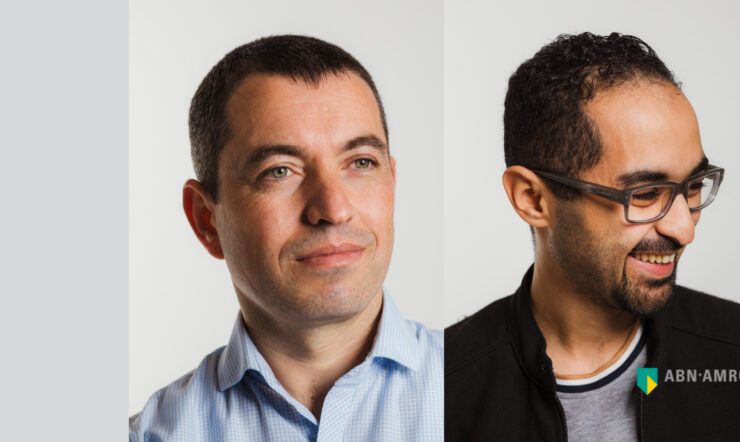Microsoft helps organizations adopt and improve their Cloud deployments with the Well-Architected Framework and Cloud Adoption Framework. In this article we’ll show you what each of these frameworks offer individually and how they work together.
Five pillars of the Azure Well-Architected Framework
The Microsoft Azure Well-Architected Framework (WAF) is a set of guiding tenets that can be used to improve the quality of a workload. This framework is built on five pillars of architectural best practices for cloud workloads:
1. Cost Optimization – Managing costs to maximize the value delivered.
The cost optimization pillar provides principles for balancing business goals with budget justification to create a cost-effective workload while avoiding capital-intensive solutions. Cost optimization is about looking at ways to reduce unnecessary expenses and improve operational efficiencies.
To find out more on how to optimise your costs, click the following link: Cost optimization documentation – Microsoft Azure Well-Architected Framework | Microsoft Docs
2. Operational Excellence – Operations processes that keep a system running in production.
The operational excellence pillar covers the operations processes that keep an application running in production. Deployments must be reliable and predictable. Automated deployments reduce the chance of human error. Fast and routine deployment processes won’t slow down the release of new features or bug fixes. Equally important, you must be able to quickly roll back or roll forward if an update has problems.
To find out more on how to ensure your operations processes are optimised, click the following link: Operational excellence documentation – Microsoft Azure Well-Architected Framework | Microsoft Docs
3. Performance Efficiency – The ability of a system to adapt to changes in load.
Performance efficiency is the ability of your workload to scale to meet the demands placed on it by users in an efficient manner. Before the cloud became popular, when it came to planning how a system would handle increases in load, many organizations intentionally provisioned oversized workloads to meet business requirements. This decision made sense in on-premises environments because it ensured capacity during peak usage. Capacity reflects resource availability (CPU and memory). Capacity was a major consideration for processes that would be in place for many years.
To find out more on how to ensure your workload is performing as efficiently as possible, click the following link: Performance efficiency documentation – Microsoft Azure Well-Architected Framework | Microsoft Docs
4. Reliability – The ability of a system to recover from failures and continue to function.
Reliability ensures your application can meet the commitments you make to your customers. Architecting resiliency into your application framework ensures your workloads are available and can recover from failures at any scale.
Building for reliability includes:
- Ensuring a highly available architecture
- Recovering from failures such as data loss, major downtime, or ransomware incidents
To find out more on how to ensure your workload is as reliable as possible, click the following link: Reliability documentation – Microsoft Azure Well-Architected Framework | Microsoft Docs
5. Security – Protecting applications and data from threats.
Security is one of the most important aspects of any architecture. It provides the following assurances against deliberate attacks and abuse of your valuable data and systems:
- Confidentiality
- Integrity
- Availability
Losing these assurances can negatively affect your business operations and revenue, and your organization’s reputation. For the security pillar, we’ll discuss key architectural considerations and principles for security and how they apply to Azure.
The security of complex systems depends on understanding the business context, social context, and technical context.
To find out more on how to secure your cloud architecture, click the following link: Security documentation – Microsoft Azure Well-Architected Framework | Microsoft Docs
We created the Well-Architected Review assessment tool to help you evaluate your workload through the lens of each pillar
Microsoft Azure’s Cloud Adoption Framework
The Microsoft Cloud Adoption Framework (CAF) for Azure is proven guidance that’s designed to help create and implement the business and technology strategies for cloud adoption and provides best practices needed to successfully achieve an organization’s short- and long-term objectives.
The Cloud Adoption Framework for Azure is organized around core pillars. The seven pillars of the Cloud Adoption Framework are:
- Strategy – Define business justification and expected outcomes of adoption
- Plan – Align actionable adoption plans to business outcomes
- Ready – Prepare the cloud environment for the planned changes
- Adopt (Migrate/Innovate) – Migrate and modernize existing workloads / Develop new cloud-native or hybrid solutions.
- Govern – Govern the environment and workloads
- Manage – Operations management for cloud and hybrid solutions
- Organize – Align the teams and roles supporting your organization’s cloud adoption efforts
Combining the two Frameworks
So how do these two frameworks work together? Organizations new to cloud will begin with Azure’s Cloud Adoption Framework. Strategy, planning, and governance are key to a successful cloud adoption and operations.
If you’ve already migrated or built an app for cloud, check out the Well-Architected assessment tool to see how you rate on each of the five pillars. Use the Well-Architected Framework to check how an application/workload measures up to Microsoft’s best practices for Azure.
In short, Azure’s Well-Architected Framework targets a specific workload, and the Cloud Adoption Framework picks them up from the point of migration to the cloud.
Microsoft ISV Academy
Register for the upcoming Microsoft ISV Academy to explore the Well-Architected Framework and Cloud Adoption Framework together with industry experts.
Connect with Microsoft and fellow B2B SaaS companies in the Netherlands by joining the NL SaaS community LinkedIn group















